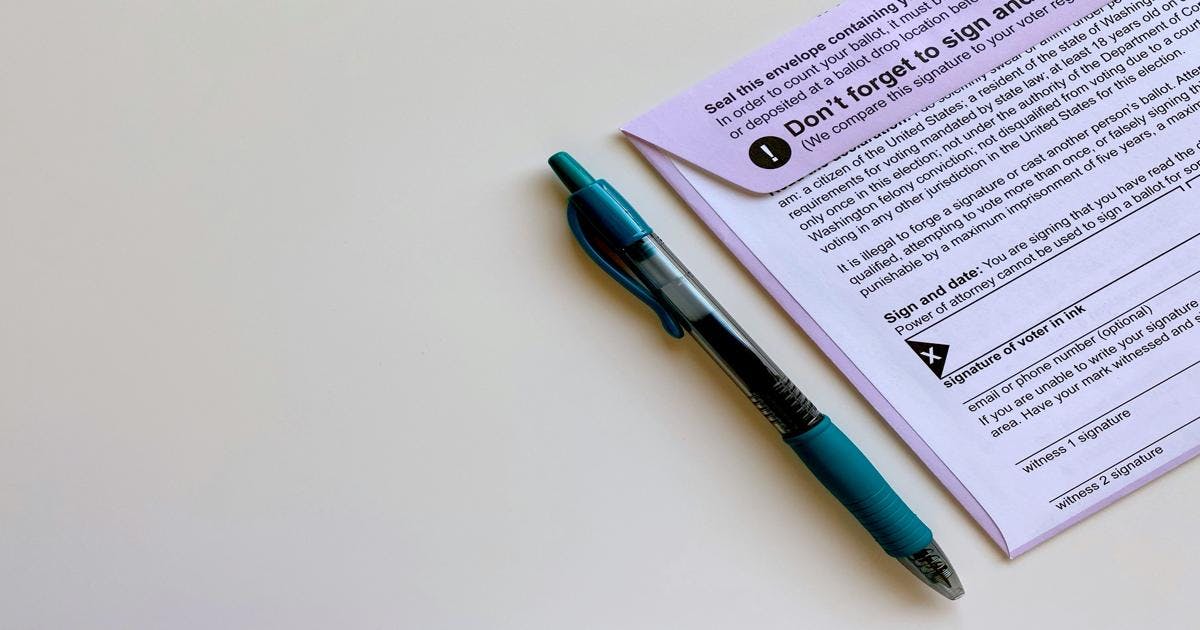
Tax refund if leaving Ireland?

Summary
You are likely eligible for a refund of taxes if you leave Ireland during the tax year
If you’re packing your bags to leave Ireland - whether for a new job abroad, study, or to return home - you could be due a significant tax refund. Many people don’t realise that leaving mid-year often triggers a tax overpayment, and without filing, that money stays with Revenue.
The key is something called Split-Year Treatment (SYT) - and if you know how to use it (or get help from Irish Tax Hub), it can put hundreds or even thousands of euro back in your account.
Understanding Split-Year Treatment (SYT)
Normally, Irish PAYE tax is calculated on the assumption you’ll work for the entire calendar year. If you leave halfway through, your employer will still have taxed you as if you were earning all year - which means you probably didn’t get the full benefit of your tax credits in proportion to the shorter working year.
Split-Year Treatment fixes that by:
- Charging Irish tax only on income you earned up to your departure date
- Giving you the full year’s worth of tax credits, even if you worked for just part of the year
- Treating the rest of the year as non-resident for Irish tax purposes, so foreign income after you leave is outside the Irish tax net
Click here to calculate a departure date which maximises your tax refund.
Key Eligibility Conditions
You can generally claim SYT and a leaving-Ireland refund if:
- You were tax resident in Ireland in the year you left
- You will be non-resident in Ireland for the entire following tax year
- You had Irish PAYE income in your departure year and paid income tax on it
If you return to Ireland within the next year, you won’t qualify for SYT for that year - but you may still be due a refund if you overpaid for other reasons
Why Refunds Happen When You Leave Mid-Year
The two main refund triggers are:
- Unused Tax Credits
Your annual tax credits (e.g., the €2,000 personal credit, the €2,000 PAYE credit, and any others you’re entitled to) are spread evenly over the year in payroll. If you leave early, you’ve likely used only a portion of them. - Lower Actual Income
If you earned less than Revenue expected when calculating your tax bands and credits at the start of the year, you’ve been taxed too much.
Scenarios Where Refunds Add Up
- Case 1: Leaving for Australia in August
Liam’s €40,000 annual salary meant he was taxed as if he’d earn that all year. He only earned €23,000 before leaving. His unused credits resulted in a €1,200 refund. - Case 3: Career Break Abroad Starting in October
Aisling worked until October and then went travelling. She didn’t work again that year. Refund: €950 due to unused credits. - Case 4: Back-Claiming Multiple Years
Mark left in 2022 without claiming. In 2025, Irish Tax Hub filed his 2022 return and got him a €3,500 in refund. - Case 5: Seasonal Worker
Sofia worked only February–May in Ireland before moving to Canada. Her earnings were low, but because her tax credits are annual, she got back almost all the PAYE she paid.
Use our Leaving Ireland Tax Refund Calculator to estimate your tax refund or check out our other tools here.
Leaving Ireland Tax Refund Calculator
Leaving Ireland Tax Refund Calculator
How to File for Your Leaving-Ireland Refund
- Log into Revenue’s myAccount
- Go to revenue.ie and sign in
- Under PAYE Services, select "Review your tax" for the relevant year
- Confirm your Irish income and tax paid up to your departure date
- Indicate you were non-resident for the rest of the year
- Submit and wait for your refund
- Double-check all figures before submitting
Refunds are usually issued within a few weeks, but incorrect or missing details can delay processing.
Documentation You Should Have Ready
- PPS Number
- Final payslip
- Proof of departure date (e.g., resignation letter, flight booking)
- Bank details for refund payment
- Employer’s name and PAYE registration number
The Pitfalls of DIY Filing
Yes, you can file yourself - but many people miss out on extra entitlements:
- Not claiming medical expense relief, tuition fees, or flat-rate job expenses in the same return
- Forgetting to back-claim refunds from up to four years ago
- Filing with the wrong departure date or incomplete documentation, which can delay or reduce the refund
Why Irish Tax Hub Is Your Best Option
When Irish Tax Hub handles your departure tax return, you get:
- Full refund optimisation - we claim all credits you’re entitled to, not just the SYT refund
- Retroactive claims - if you’ve left before and never filed, we’ll include those years too
- Faster processing - correct submissions with all proofs attached get paid quicker
- No hassle - you provide the documents once, we do everything else
Many of our clients come to us expecting a small refund and leave with hundreds or thousands more than they thought possible
Extra Situations We Handle
- Multiple jobs before leaving - we consolidate all your PAYE records for maximum credit usage
- Partial-year self-employment - we prepare your Form 12 and claim all allowable deductions
- Overseas relocation packages - we check if employer-paid relocation expenses affect your refund
- Foreign income after departure - we ensure SYT is applied correctly so this income isn’t taxed in Ireland
Bottom Line
Split-Year Treatment is one of the simplest ways to get money back from Revenue when leaving Ireland - but filing correctly is critical. If you’re not confident with forms, or you want to be sure you claim every euro you’re owed, get Irish Tax Hub to do it for you.
Start your claim today - fill in our quick online form and we’ll handle everything from there, so you can focus on your move.
Need help with your tax?
Our team can help. Choose a plan that suits you.
This blog post is for informational purposes only and does not constitute tax, financial, or legal advice. Tax laws and regulations are subject to change and may vary based on individual circumstances. Readers are strongly encouraged to consult with a qualified tax professional or financial advisor before making decisions based on the information provided. We make no guarantee regarding the accuracy, completeness, or applicability of this content to your particular tax situation.
Found this article helpful? Share it with others

